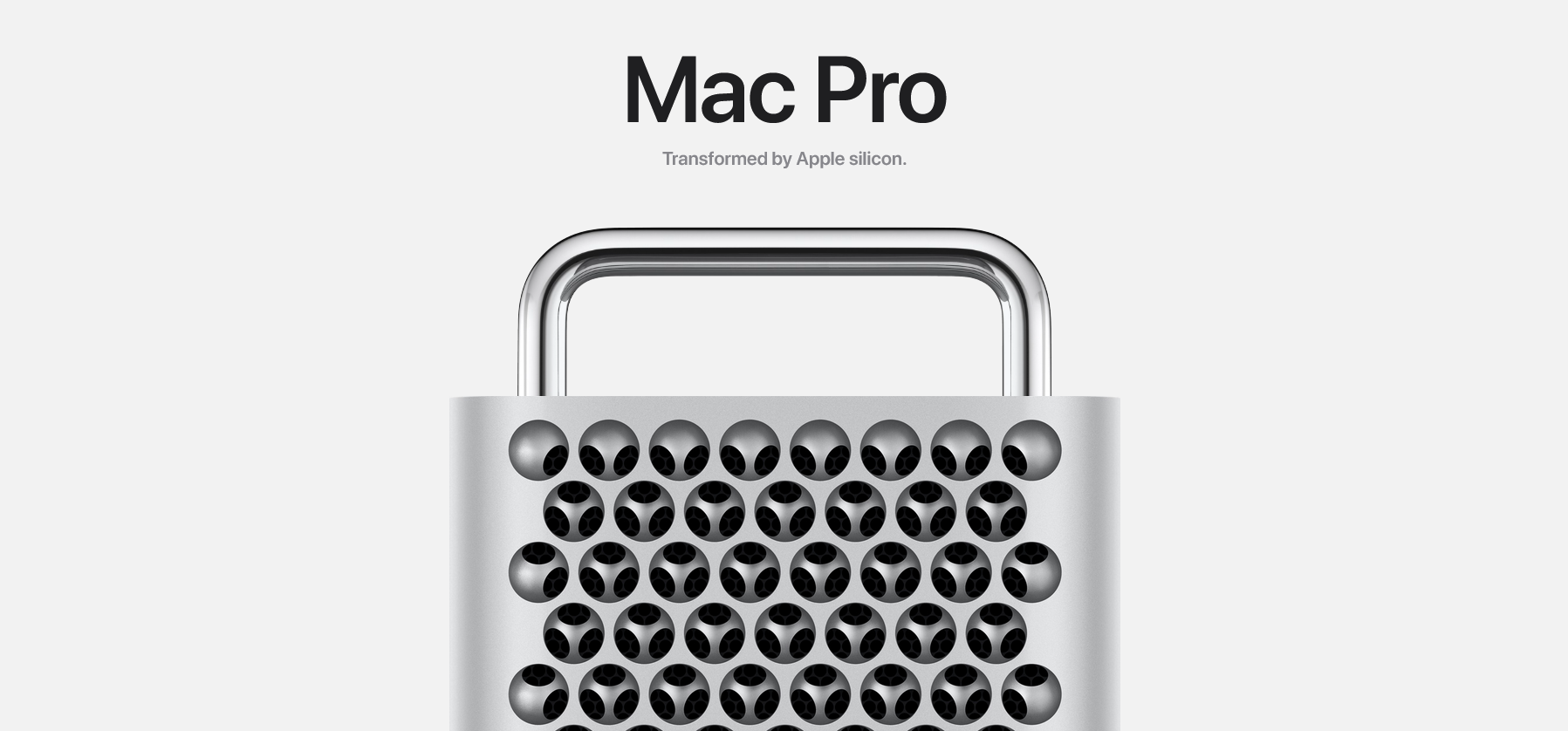Well that’s probably going to make it harder to run Diablo 4.
Despite a spacious interior to fit six PCIe cards, Apple’s newest Mac Pro won’t be able to support third-party video cards. You know, the most common things people use PCIe slots for.
This was discussed in a talk from WWDC over the weekend:
Fundamentally, we built our architecture around this shared memory model, and that optimization. And so, it’s not entirely clear to me how you bring in another GPU, and do so in a way that’s optimized for our systems.
John Ternus, Apple SVP for hardware engineering
Instead, the Mac Pro will do everything graphics-related via a built-in GPU through Apple’s M2 Ultra chip, which can do so over 60 or 72 GPU cores. That chip can also access the Mac Pro’s shared RAM memory which can be confirued in 64GB, 128GB, or 192GB. Apple claims that this allows it to access more memory than most workstation graphics cards, which are usually stuck at 32GB or 48GB of memory.
With that 192GB, yes, it’s less than 1.5TB [of RAM found in the 2019 Mac Pro], but it’s way more memory for the GPU than any GPU has ever had before,
John Ternus, Apple SVP for hardware engineering
This decision may, however, hurt use cases involving the likes of ChatGPT, which is typically trained using Nvidia graphics cards. When asked about this, Apple’s SVP for marketing Greg Joswiak said:
Look, Nvidia is doing a good job with that. There’s no doubt about it. We wanted to focus on the most important things to our customers and we do those things well.
Greg Joswiak, Apple SVP for marketing
The things that we can do with our unified architecture and with our M2 Ultra are things that nobody else can do
As for those Gen 4 PCIe slots, they can be used for networking or storage cards. According to Ternus, this can make the Mac Pro better for high-volume audio and video-editing tasks compared to the smaller and less-expensive Mac Studio mini PC.
The new Mac Pro launches June 13th. The price ranges from $6,999 for the base model, to over $12,000 for a fully loaded one.
Source: PC Mag

